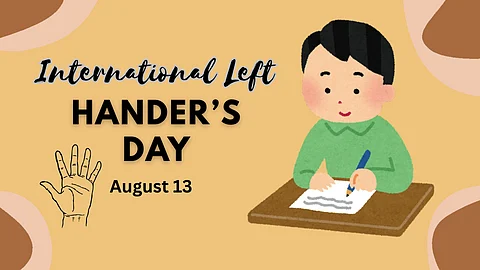Historically, left-handedness has carried a heavy cultural burden. Across many societies, the left hand has been associated with bad luck, impurity, or awkwardness. For instance:
In Latin, sinister means both "left" and "unlucky."
In French, gauche means both "left" and "clumsy."
In parts of South Asia and the Middle East, the left hand is reserved for hygiene-related tasks and discouraged in social settings.
For much of the 20th century, left-handed children were pressured to switch to their right hand for writing, eating, and even daily activities. In many school systems worldwide during the 20th century, children were discouraged from writing with their left hand. Evidence for long-term developmental harms such as stuttering or speech delays is mixed.
In the U.S., left-handedness in children rose from about 3–4% in birth cohorts around 1900 to ~10–12% by the late 20th century, reflecting broader acceptance, improved education policies, and the availability of left-handed products like specialized scissors and writing tools.
One initiative helping to accelerate this progress is the annual global observance on August 13, International Left Hander's Day which encourages institutions to consider inclusive design and challenges right-handed individuals to experience the left-handed perspective for a day.


